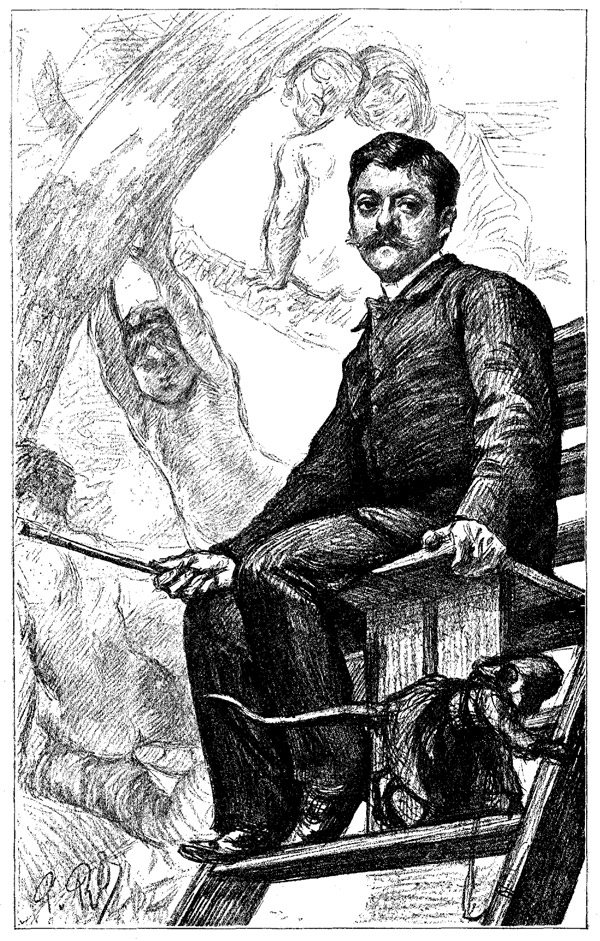
I make a medium-sized chunk of my less-than-medium-sized income writing about books in print publications. So it’s pretty annoying when some guy corners me in a hallway at a party while I’m trying to get my crunk on (often the case), sticks a sweaty thumb on my nose – nail nubbed to bone – and tells me that the book review is dead, no one cares anymore, we are the citizenry of ADD-America with no interest in the written word, and, in fact, no tolerance for texts longer than 350 words. Usually this speech is followed by my interrogator – who is himself a book reviewer – blubbering in a corner unabashedly, dripping blood, sweat, and dainty intellectual tears, and attempting to bite his toenails. —“Who Says the Book Review is Dead?” Adam Wilson, Black Book
Homophobes can’t defeat the intertubes;
buy from here, sicko;
the real question is whether God is watching
There is nothing inherently American, or even Anglo-phone, about acronyms. Chinese itself has them, despite its remarkable character-based writing system. Many words consist of more than one character, and Chinese acronyms will use one character from each word (often, but not always, the first one). But of course acronyms are more suited to alphabets. The fish became a Christian symbol largely because the Greek word for it, ichthos, is an acronym for iesous christos theou ouios soter, “Jesus Christ, Son of God, Saviour”. The Jews enjoyed making acronyms too, and even the name of the Bible is the tanakh, an acronym for torah nevi’im ketuvim, “Torah, prophets, writings”, the three main sections of the Hebrew Bible. The proliferation of acronyms through texting seems particularly Anglophone. The standard term for a text in America is itself a set of capitals (SMS, short message service). Now other languages are following suit. In German, the initialism SMS has become an acronym proper, pronounced “zims”. It has also been made into a verb, smsen, so that it’s perfectly natural to say Ich habe ihr gesmst, “I texted her.” —“OMG, ETC,” Robert Lane Greene, More Intelligent Life
One man’s duck fetus egg is another man’s sturgeon egg spread;
kid’s today–they can’t even cheat right;
pogo stick rebuild
Science history, with the charm of a fairy-tale legend, records some of the high points and iconic details of that saga. Young Miss Goodall had no scientific credentials when she began, not even an undergraduate degree. She was a bright, motivated secretarial school graduate from England who had always loved animals and dreamed of studying them in Africa. She came from a family of strong women, little money, and absent men. During the early weeks at Gombe she struggled, groping for a methodology, losing time to a fever that was probably malaria, hiking many miles in the forested mountains, and glimpsing few chimpanzees, until an elderly male with grizzled chin whiskers extended to her a tentative, startling gesture of trust. She named the old chimp David Greybeard. Thanks partly to him, she made three observations that rattled the comfortable wisdoms of physical anthropology: meat eating by chimps (who had been presumed vegetarian), tool use by chimps (in the form of plant stems probed into termite mounds), and toolmaking (stripping leaves from stems), supposedly a unique trait of human premeditation. Each of those discoveries further narrowed the perceived gap of intelligence and culture between Homo sapiens and Pan troglodytes. —“Fifty Years at Gombe,” David Quammen, National Geographic


